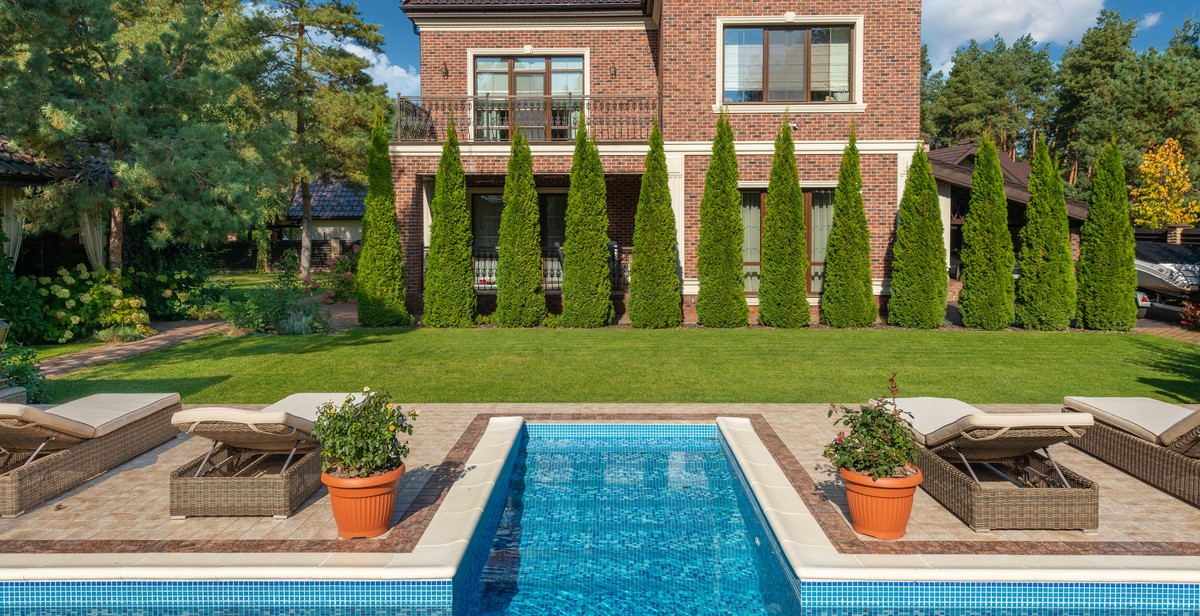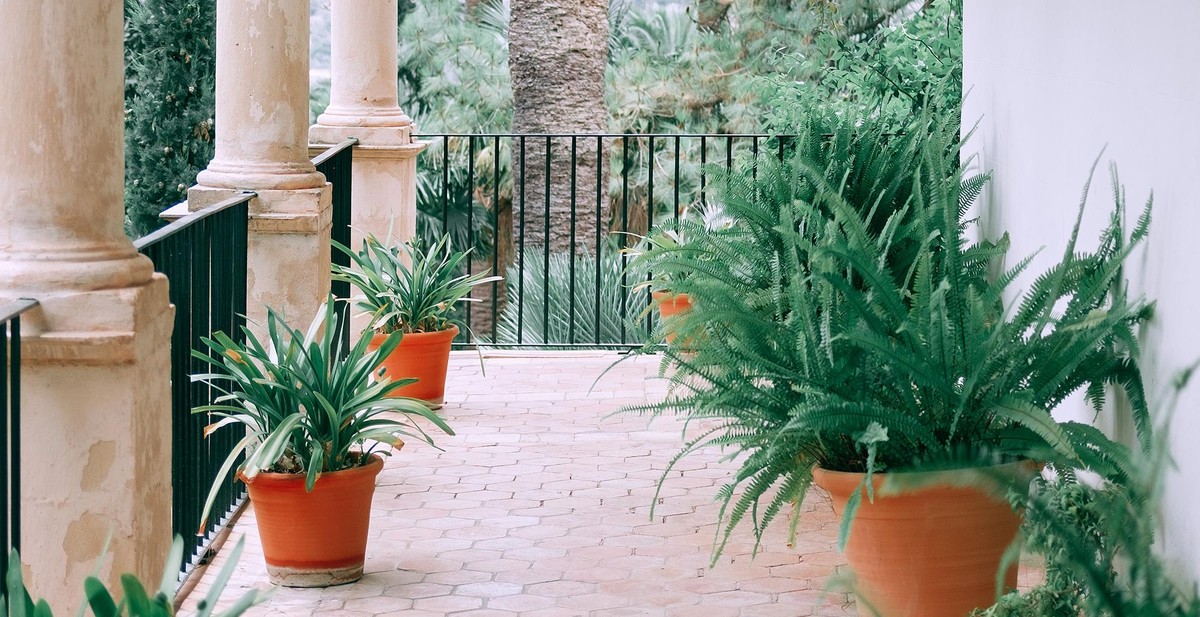How to Start a Vegetable Garden in Containers on Your Balcony
If you live in an apartment or a house with limited outdoor space, you may think that starting a vegetable garden is impossible. However, with the right tools and techniques, you can grow your own fresh produce on your balcony or patio. Not only is gardening a fun and rewarding hobby, but it also allows you to enjoy fresh, organic vegetables that are free from harmful chemicals.
Why Start a Vegetable Garden on Your Balcony?
There are many benefits to starting a vegetable garden on your balcony. Here are just a few:
- Save money: Growing your own vegetables can save you money on groceries, especially if you choose to grow expensive vegetables like tomatoes or bell peppers.
- Eat healthier: When you grow your own vegetables, you know exactly what goes into them. You can avoid harmful pesticides and chemicals and enjoy fresh, organic produce.
- Reduce waste: By growing your own vegetables, you can reduce the amount of packaging and waste that comes with store-bought produce.
- Get fresh air: Gardening is a great way to get outside, enjoy some fresh air, and connect with nature.
In this article, we will guide you through the process of starting a vegetable garden on your balcony or patio. We will cover everything from choosing the right containers and soil to selecting the best vegetables for your space and climate. With a little bit of effort and patience, you can enjoy fresh, homegrown produce all season long.

Choosing the Right Containers and Soil
Starting a vegetable garden on your balcony can be a fun and rewarding experience. However, choosing the right containers and soil is crucial for the success of your garden. Here are some tips on selecting the right containers and soil:
Selecting the Right Containers
When it comes to selecting containers for your vegetable garden, there are several options to choose from. Here are some factors to consider:
- Size: Choose containers that are large enough to accommodate the root system of your vegetables. A good rule of thumb is to have a container that is at least 12 inches deep and wide.
- Material: Containers can be made of various materials, including plastic, terra cotta, and wood. Plastic containers are lightweight and easy to move, while terra cotta and wood containers provide better insulation for your plants.
- Drainage: Make sure your containers have drainage holes to prevent water from accumulating and drowning your plants.
Choosing the Right Soil
The type of soil you use in your containers is just as important as the containers themselves. Here are some things to consider:
- Quality: Choose a high-quality potting mix that is specifically formulated for container gardening. Avoid using garden soil, as it can be too dense and heavy for containers.
- Nutrients: Look for a potting mix that contains organic matter, such as compost or peat moss, to provide your plants with the necessary nutrients.
- Moisture retention: Choose a potting mix that has good moisture retention to prevent your plants from drying out too quickly.
| Container Type | Ideal Soil Type |
|---|---|
| Plastic | Any high-quality potting mix |
| Terra cotta | A potting mix with good moisture retention |
| Wood | A potting mix with good drainage |
By selecting the right containers and soil, you can set your vegetable garden up for success. Happy planting!

Selecting the Right Vegetables
When starting a vegetable garden on your balcony, it’s crucial to choose the right vegetables that can thrive in a limited space and have specific light requirements. Here are some tips on selecting the right vegetables for your balcony garden:
Considering Space and Light Requirements
The space available on your balcony and the amount of sunlight it receives are two essential factors to consider when selecting vegetables for your balcony garden. Some vegetables require full sun, while others can tolerate partial shade. Ensure that you place the vegetables in an area that receives enough light for them to grow.
Also, consider the size of the vegetables when selecting them. Some vegetables, such as tomatoes, cucumbers, and zucchini, require more space to grow than others. If you have limited space, consider planting smaller vegetables like lettuce, spinach, and radishes.
Choosing the Right Vegetables for Your Balcony Garden
Here are some vegetables that are perfect for growing in containers on your balcony:
- Lettuce: This leafy green is easy to grow and can be grown in small containers. It also grows quickly, so you can harvest it multiple times throughout the growing season.
- Spinach: Spinach is another leafy green that is easy to grow in containers. It can tolerate partial shade and doesn’t require a lot of space.
- Radishes: Radishes are small and don’t require a lot of space to grow. They also have a short growing season, so you can harvest them quickly.
- Tomatoes: Tomatoes are a popular vegetable to grow in containers. They require a lot of sunlight, so make sure you place them in an area that receives at least six hours of direct sunlight per day.
- Peppers: Peppers are another popular vegetable to grow in containers. They come in a variety of sizes, so you can select the right one for your balcony garden.
Remember to select vegetables that are suitable for your climate and the time of year you plan to grow them. With the right vegetables and care, you can have a thriving vegetable garden on your balcony.

Planting and Caring for Your Vegetables
Planting Your Vegetables
When it comes to planting your vegetables, there are a few important things to keep in mind:
- Choose the right container: Make sure your container is large enough to accommodate the size of the plant you want to grow. Most vegetables need at least a 5-gallon container to grow properly.
- Select the right soil: Use a high-quality potting mix that will provide the right nutrients for your plants. Avoid using garden soil, as it may contain pests, diseases, or weed seeds.
- Plant at the right time: Some vegetables, like tomatoes and peppers, need warm soil to grow. Wait until the soil temperature is at least 60 degrees Fahrenheit before planting these vegetables.
- Provide proper drainage: Make sure your container has drainage holes to prevent water from accumulating and causing root rot.
- Choose the right vegetables: Some vegetables, like lettuce and spinach, are better suited for container gardening than others. Choose vegetables that are well-suited for small spaces and don’t require a lot of room to grow.
Caring for Your Vegetables
Once you’ve planted your vegetables, it’s important to care for them properly:
- Water regularly: Container plants need more frequent watering than plants in the ground. Water your vegetables regularly, but be careful not to overwater, which can lead to root rot.
- Fertilize regularly: Use a high-quality fertilizer to provide your plants with the nutrients they need to grow. Follow the instructions on the fertilizer package carefully.
- Prune as needed: Some vegetables, like tomatoes and peppers, benefit from pruning to encourage strong growth and higher yields. Remove any dead or damaged leaves and branches as needed.
- Monitor for pests and diseases: Keep an eye out for pests and diseases that can damage your plants. Remove any affected leaves or plants immediately to prevent the problem from spreading.
- Harvest regularly: Harvest your vegetables as they ripen to encourage continued growth and production.
| Vegetable | Container Size | Spacing | Days to Harvest |
|---|---|---|---|
| Tomatoes | 5 gallons or larger | 18-24 inches apart | 60-80 days |
| Peppers | 5 gallons or larger | 18-24 inches apart | 60-90 days |
| Lettuce | 2-5 gallons | 6-8 inches apart | 30-60 days |
| Spinach | 2-5 gallons | 6-8 inches apart | 40-50 days |

Harvesting and Enjoying Your Vegetables
One of the most rewarding aspects of container gardening is harvesting and enjoying your homegrown vegetables. Here are some tips on how to know when to harvest, and how to preserve and cook your vegetables:
Knowing When to Harvest
Harvesting your vegetables at the right time is crucial for optimal taste and nutrition. Here are some general guidelines for harvesting common vegetables:
| Vegetable | Harvesting Time |
|---|---|
| Tomatoes | When they are fully ripe and have a deep color |
| Cucumbers | When they are firm and have a bright green color |
| Peppers | When they are fully colored and firm to the touch |
| Green Beans | When they are long and slender, but before the seeds inside have fully developed |
It’s important to harvest your vegetables regularly to encourage more growth. Leaving overripe or rotting vegetables on the plant can attract pests and disease.
Preserving Your Vegetables
If you have a surplus of vegetables, you can preserve them for later use. Here are some methods for preserving common vegetables:
- Tomatoes: Can be canned, frozen, or dried
- Cucumbers: Can be pickled or canned
- Peppers: Can be pickled, canned, or frozen
- Green Beans: Can be canned or frozen
Preserving your vegetables can extend their shelf life and allow you to enjoy them throughout the year.
Cooking Your Vegetables
Once you’ve harvested your vegetables, it’s time to cook and enjoy them! Here are some simple and delicious ways to prepare common vegetables:
- Tomatoes: Can be sliced and eaten raw in salads, or cooked into sauces and soups
- Cucumbers: Can be sliced and eaten raw in salads, or pickled for a tangy snack
- Peppers: Can be roasted, sautéed, or stuffed for a flavorful dish
- Green Beans: Can be steamed, boiled, or stir-fried for a crunchy side dish
Experiment with different cooking methods and seasonings to find your favorite way to enjoy your homegrown vegetables!

Conclusion
Starting a vegetable garden on your balcony is an excellent way to enjoy fresh produce while also enhancing the beauty of your outdoor space. Container gardening is a great option for those who lack a yard or sufficient outdoor space. With a little planning and effort, you can easily grow a variety of vegetables in containers on your balcony.
Remember to choose the right containers and soil, provide adequate sunlight and water, and fertilize regularly to ensure your plants thrive. You can also consider companion planting and using natural pest control methods to keep your plants healthy and free from pests and diseases.
Starting a vegetable garden in containers on your balcony can be a rewarding and enjoyable experience. Not only will you have access to fresh, healthy produce, but you’ll also have the satisfaction of growing it yourself. So why not give it a try and see how easy and fun it can be?
- Choose the right containers and soil
- Provide adequate sunlight and water
- Fertilize regularly
- Consider companion planting and natural pest control methods
With these tips and a little bit of effort, you’ll be well on your way to enjoying a bountiful harvest of delicious vegetables from your balcony garden!
